Whether you want to go from Lima to Cusco, from Arequipa to Huacachina or from Paracas all the way up to Huaraz, travelling in Peru means travelling by bus. Peru bus travel is so popular because the distances to cover are huge, there are no train-tracks and bus tickets in Peru are dirt cheap. Taking a bus in Peru can mean settling in for up to twenty hours at a piece. Before you start to despair, these long haul rides are probably way more comfortable than you are now thinking. Imagine seats that fully decline. And I mean the full first-class 180 degrees decline with a foot-rest to form a proper bed. Personal LCD screens showing you a wide range of movies. Hot meals and drinks being served and onboard Wi-Fi the whole way. Peru bus travel can also mean bumping around with your knees pressed against your chin. Children sleeping in the pathways or continuously begging for money without any sight of their parents. Having two chickens on your lap of which you have no idea who the owner is.. Let’s do a comparison of the Peru bus companies to help you make the right choices.
– Peru bus travel tips –
Book the right seat
When booking your ticket, pay close attention to what kind of seat you are actually booking. The office representative will undoubtedly tell you ‘Si si, full cama si si’ when you ask if the chair fully reclines. Fat chance they do not. This is not ignorance or a case of ‘lost in translation’ but simply salesmanship. Although each bus company has its own names for its different classes the following classes are generally used.
Semi-cama: chairs with armrests, footrest that recline about 140 degrees. Good for a long ride but not enough to actually sleep in. On some bus companies this is the ‘second class’ where there are actually also ‘normal seats’ but for the more luxurious companies these are the cheapest tickets you can get.
Full-cama: on some rides in the North of Peru this actually means fully (180 degrees) reclining seats. In the vast majority of the cases however it means 160 degrees declining. Incredibly comfortable, the business-class of the busses but no full recline.
Tres Filas: sometimes they add the word cama to tres filas, as in ‘tres filas cama’. It means 3 rows, and yes these seats do the full 180 degrees decline. If you are on a really long haul ride, this is your best bet. The tickets will be double the price of a semi-cama but it will still be hard to find tickets that cost more than EUR 40.
I would personally always go for the full-cama or Tres Filas if possible on a long haul ride. I would also exclusively take night buses for long rides so your not only saving money compared to your airplane ticket but you’re also saving one night’s worth of accommodation. For short rides however, its a totally different story.
Pro-tip: book a bottom seat, not on at the second level. Being closer to the center of gravity of the bus means less bumping and swinging around when the bus is finding its way through windy Andes roads.
Short ride? Go cheap
If the estimated travel time for your ride is 6 hours or upwards: go for comfort. If not, go cheap! Why? Because budget bus travel in great fun and adventurous. Of course its less than comfortable as seats are cramped and cheap busses have very shitty suspension meaning you’ll be bumping around the whole ride. But for only a couple of hours its not unbearable and the cheap buses are the ones that the local take.
Peruvian people are not only very friendly but also incredibly open and even a bit direct. It’s not unusual for them to strike up a conversation with you and tell you their whole life story 2 seconds after having said hello. They won’t be bothered by your bad Spanish and just rattle on, occasionally switching to Quechua and back. For me this is one of the best things that can happen when traveling. This is also how you end up with two alive chickens on your lap.
Play it safe
There are certain routes where you should never ever go cheap because its too dangerous. These are routes that include ill maintained roads.
Cheap buses equals shitty material and most often, bad maintenance. More importantly though, cheap bus tickets mean cheap drivers. And that can be a real problem. Some routes include steep or narrow sections or roads that keep on winding left and right for hours at an end. Drivers hate these routes. Their solution? Drinking. If there is one thing you want to avoid, it is being in a bus on a cliff-sided narrow road in the Andes with a drunk driver. The better companies offer the drivers better wages and screen their drivers vigorously. The route from La Paz to Rurrenabaque in Bolivia is notorious for this problem. You are probably best off to avoid this route altogether and take the plane.
Inquire about possible blockades
If there is one thing Peruvians love, it’s protesting. Whether it is for achieving political goals or higher potato prices, Peruvians won’t hesitate to lay down the work and take their protest to the streets. Another popular way to express their discontent is by blocking the roads. These are usually peaceful blockades, they protestors don’t want to harm you, they simply want to make a statement. However it can be quite annoying.
Always inquire whether your route includes blockades. Some companies will take detours to avoid blockades but other will ride right into them knowingly. Blockades are usually resolved within a few hours but if you’re unlucky you can be stuck longer. Inquire and adjust your plans. At times busses can take you to the blockade, you can walk through the barricades, where another bus will be waiting at the other side. The only way to find out is by repeatedly asking multiple companies.
If you find yourself stuck in blockades the only thing you can do is wait. See it as a part of the adventure, chat to the locals blocking the road and hope for the best.
Bring a sweater
Peru bus travel can be a cold affair, not only because the drivers love to crank up the air-conditioning during the day but because Peruvian nights can be freezing. Remember that most of Peru is located at high altitudes and that large parts have a desert-climate. This means freezing sub-zero nights. Unless you want to freeze to death it is best to bring a sweater on the bus. Ideally even a sleeping bag. You won’t regret it.
Bring food and cash money
You probably figured out by yourself that on a long bus ride, its good to have snacks. The food and drinks service included in the ticket of the better bus companies is usually a small kit and a coupon. The coupon can be used to get a local meal at a restaurant where the bus stops after a few hours. The restaurant will be of the choice of the driver (who probably has some sort of financial arrangement with the place) and quality of the meals wildly varies. It is good to have enough food (and water!) on hand to not go hungry. Taking cash is useful because your coupon will probably only give you a standard meal. If you want some extra pollo a la brasa to go with it, you probably have to pay a few soles extra.
– Peru bus companies compared –
Cruz del Sur
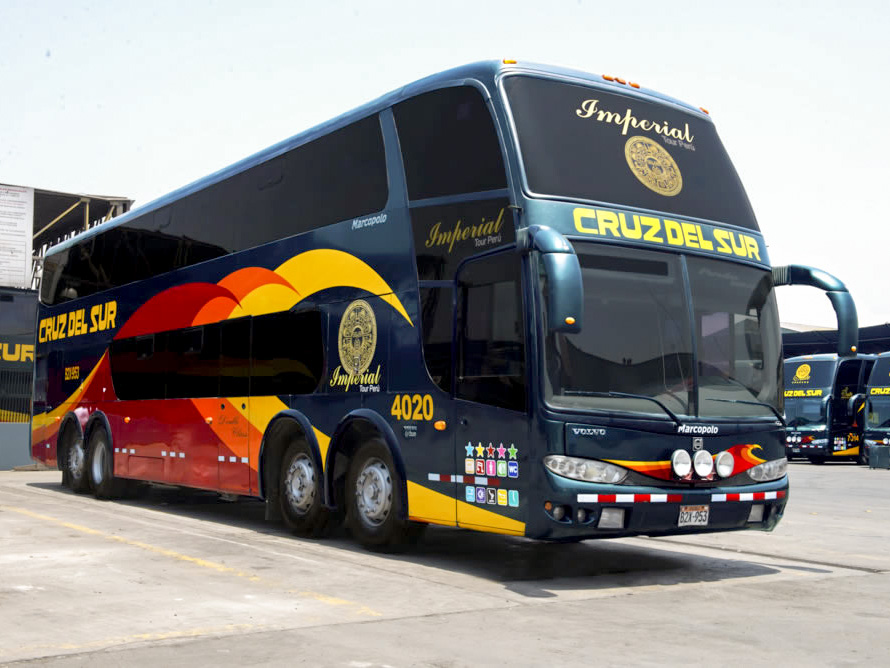
Let’s kick off with my favourite bus company: Cruz del Sur. The Cruz del Sur busses are at the top end of the scale: luxurious and trustworthy. They ride on time, pay off corrupt policemen on the way to avoid searches and the consequent delays and they service most major destinations in Peru.
Cruz del Sur does not have any fully reclining seats but they do have excellent full cama seats where I have no problem sleeping in. And I am not an easy bus-sleeper.
Exclusiva
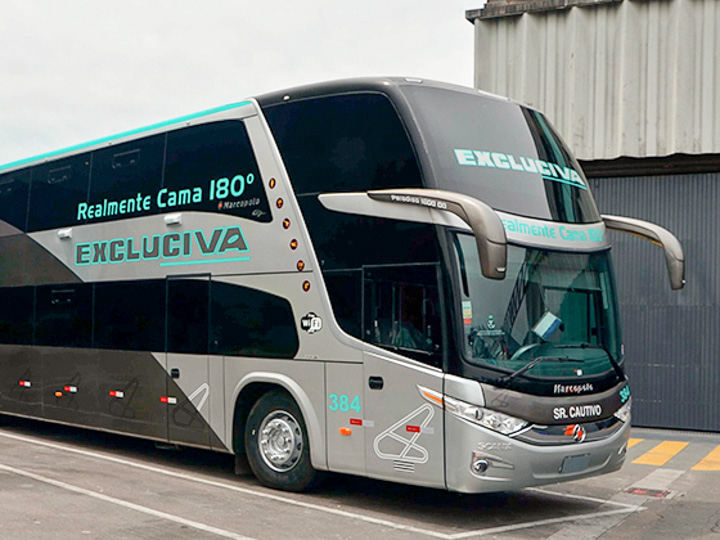
Exclusiva is the luxury line of CIVA, one of the bigger bus companies in Peru. When it comes to Peru bus travel, Exclusiva is top luxury. Yes they have fully reclining seats. Sleeping in these buses is just a dream as it is probably more comfortable than your own bed back home. Exclusiva is more expensive than Cruz del Sur but if you’re taking a really long ride, its worth the extra money.
Oltursa
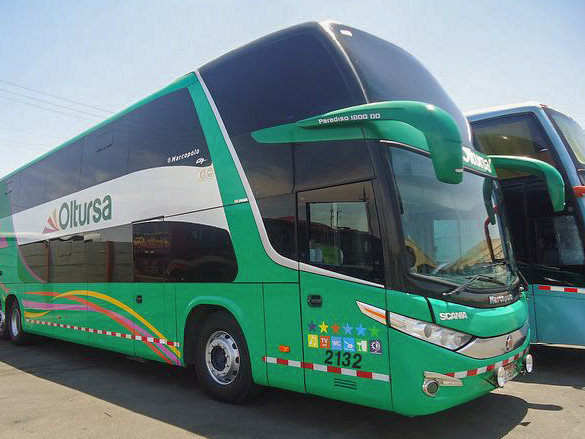
Oltursa is a great value for money. Its not as luxurious or well outfitted as the two bus companies mentioned above but they have good 160 degrees seats and generally have sharp prices. Their reputation took a bit of a dent in August 2016 when a bus was hijacked and 40 passengers robbed on the way from Arequipa to Lima but all things considered, this was most probably bad luck. They use GPS tracking on all their buses and make an effort to ensure safe travel.
Movil Tours
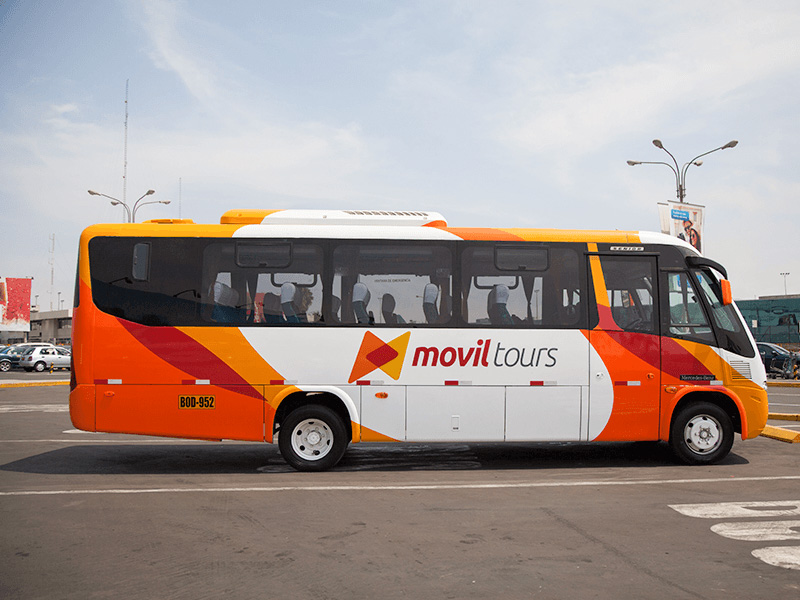
Movil Tours is a relatively new company and most of their buses still look the part. Their drivers are obliged to take it slow and easy which means less bumpy rides and less worry about crashing to a fiery death. Their full-cama option is very luxurious and their seats excellent value for money. They also service destinations that some of the above don’t.
Ormeno
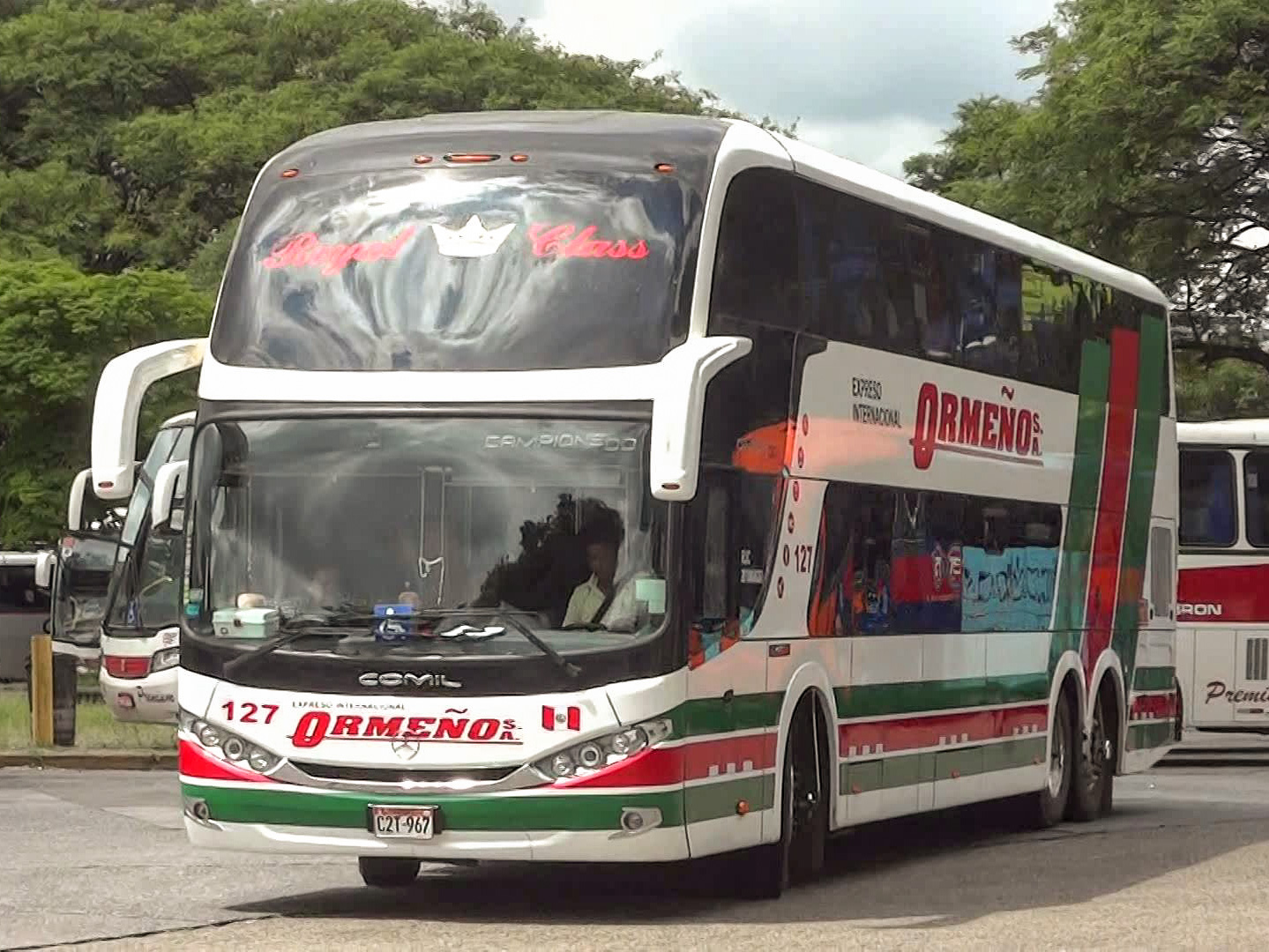
Ormeno markets itself as a top-luxury service provider but is not quite there. The buses are fine but not the best quality and the outfitting of the fleet is not nearly as luxurious as Exclusiva or Cruz del Sur. Ormeno generally equals overpaying. They specialize in extreme long haul cross border routes. Think 3 day drives from Chile to Ecuador.
Budget companies
The companies above are the most renowned companies. You can assume that, even though prices heavily fluctuate, most others are comparable. Cheap buses, badly outfitted and bumpy rides. Fine for short rides but think twice before you book a long haul drive.
Avoid Trans Titicaca
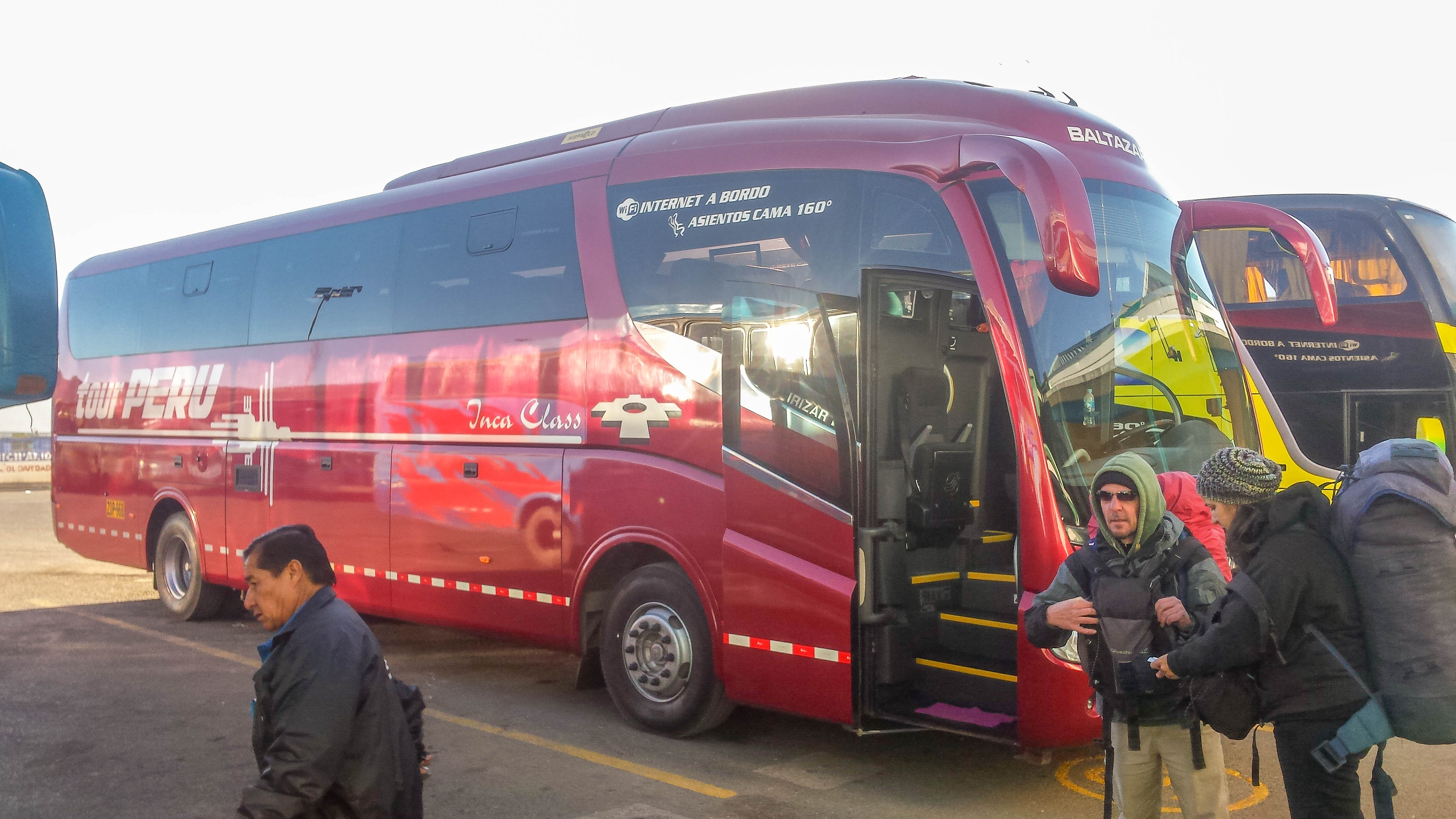
So from time to time a fatal or nearly fatal crash happens involving one of the cheaper bus companies in Peru. Although I feel this can happen to anyone there is one company with a particular bad reputation: Trans Titicaca. Just do a google search on it and be convinced. Stories range from busses not waiting at border crossing to drunk drivers crashing busses into buildings and instead of helping injured passengers trying to scratch off the name of the bus company from the side of the bus to avoid reputational damage. They operate 80% of the buses from Puno crossing the border into Bolivia, but your better of with Los Inkas or Tour peru on these routes.
– Things to bring on a bus ride in Peru –
There are a few items that I would pop into my hand luggage before I embark on a long bus ride in Peru. First of all keep the facemask you
Trtl travel pillow
I am sure you’ve tried an inflatable neck pillow to get some extra shut eye while on transit but this travel pillow is something else. It’s got a hard plastic frame with soft cushioning meaning you can rest your head in any position and still feel comfortable. This is perfect for semi-cama or full-cama seats where sleeping against the window will only be more uncomfortable. Let alone very cold considering the temperatures outside during Peruvian nights. But also in planes, on the backseat of a car. The Trtl travel pillow is a life saver.
Ear plugs
For me ear plugs are essential because the reduced noise makes it way easier to sleep in buses, trains, airplanes you name it. I go with Alpine ear plugs. Why? Value for money baby! Premium ear plugs but for half the price of their competitor. I use music ear plugs instead of traditional travel ear plugs which in my experience provide enough sound proofing for a good night’s sleep. They can double as hearing protection at festivals and filter out noise and sounds but you can still pick up on a ticket officer shouting at you to show your ticket. They come with a handy travel box which can be chained to your keys.
Power bank
The usefulness of a power bank is self-explanatory. Being able to charge your phone, tablet, camera, GoPro or e-reader on the go has made traveling so much easier. I use this particular power bank over a year now and its just perfect. The 20,000mAh provides my IPhone with about 5 charges, the double port means I can charge my camera and phone at the same time (or be a life saver for the person sitting next to me) and the LED torch in the middle is super useful when you try to find something in your bag on the bus in the middle of the night. The display is useful as well and tells you a whole lot more about the current charge compared to ‘3 out of 5 lights left’. Oh and it comes in at HALF THE PRICE of a Anker power bank. I have yet to find its flaws.
Lonely Planet
Because its just the best compact travel guide out there. I always take a lonely planet with me for its practical information, background on certain sights and for when I find myself unexpectedly off the beaten path in search of accommodation for the night. For me this is still the best way to read up on a destinations in long haul bus rides. You don’t need internet or battery-life which even on a luxurious bus in Peru can really come in handy sometimes;)
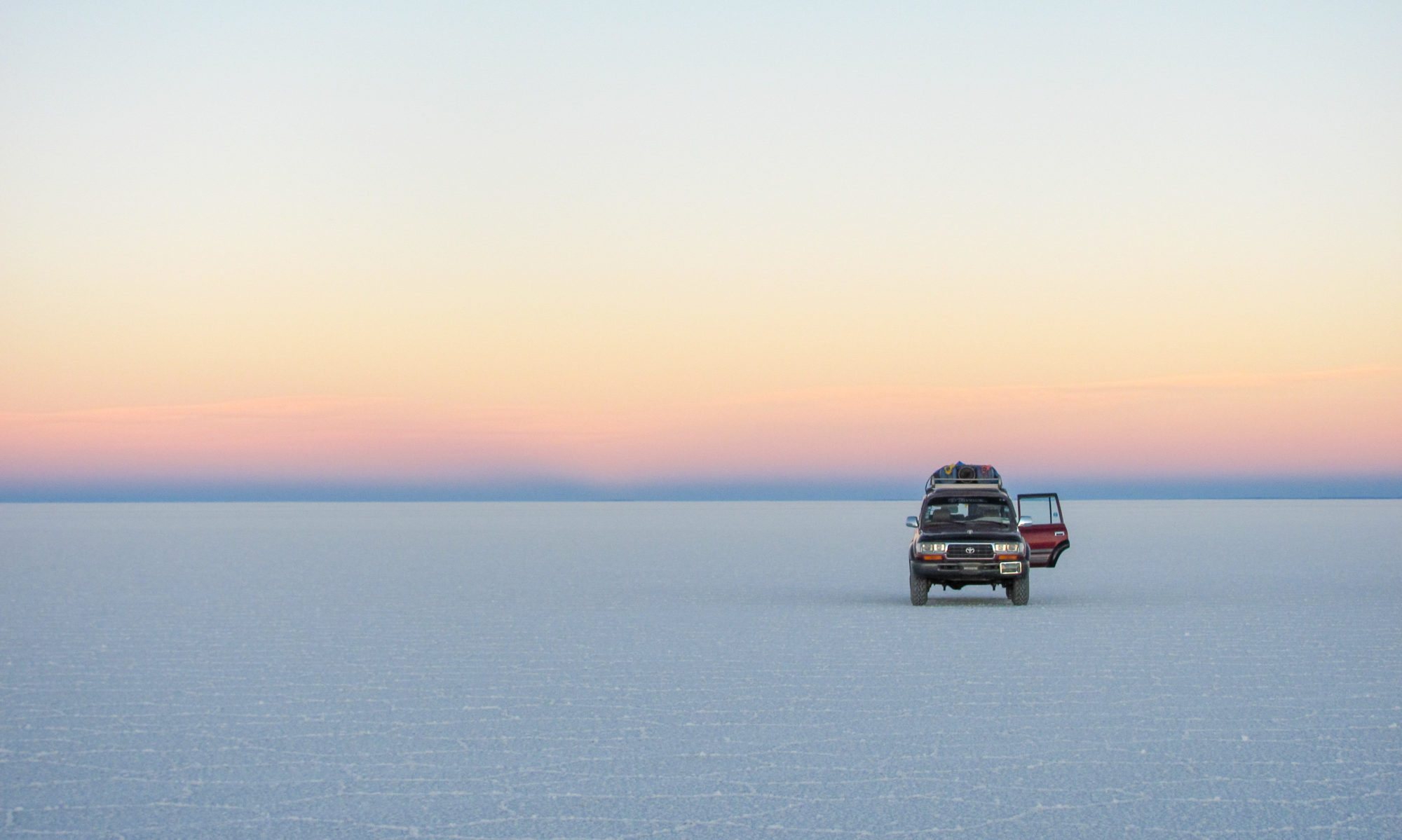

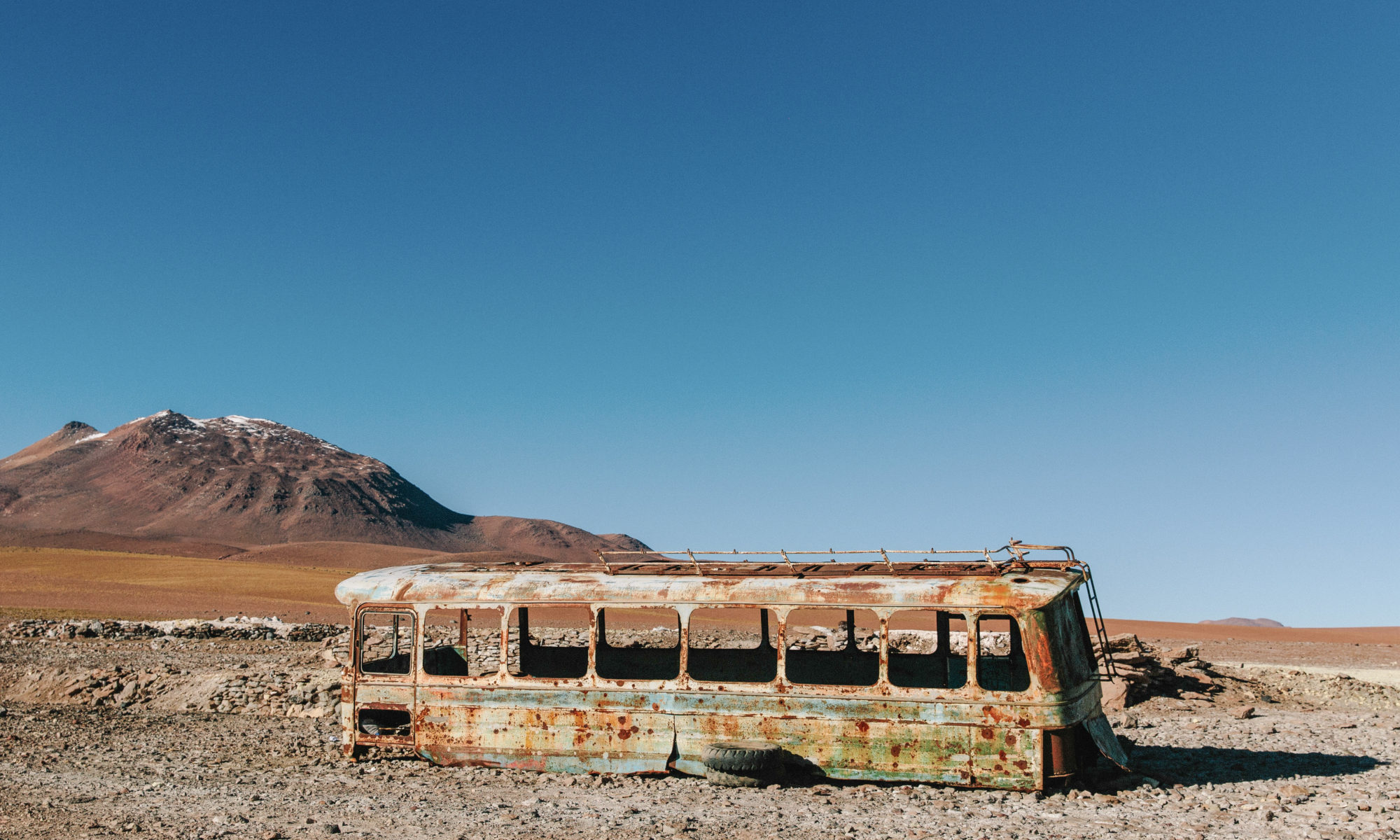




No Road Back, thank you for your blog post.Really thank you! Awesome.